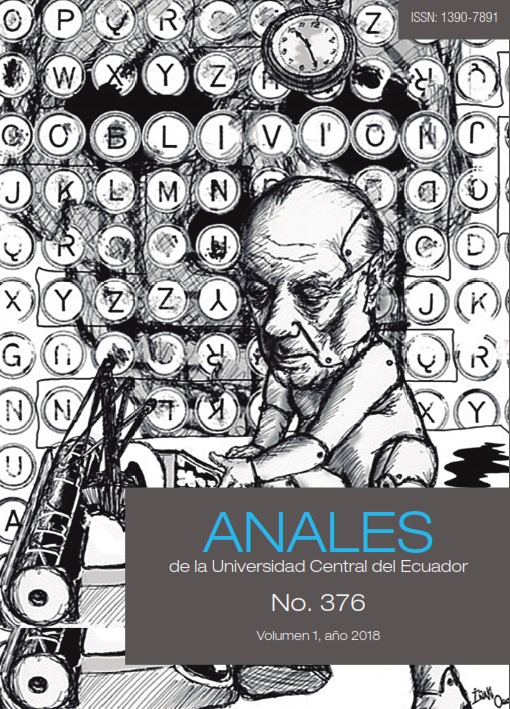Carl Gustav Jung y las entidades colectivas
DOI:
https://doi.org/10.29166/anales.v1i376.1879Keywords:
Collective entity, Archetype, Collective unconscious, JungAbstract
Th e present essay seeks to understand the notion collective entity from the Jungian conception of archetype. For this the author addresses some texts of Carl Jung’s work, both biographical and theoretical, which allows us to understand the origin of the archetype and collective entity categories as two fundamental
concepts in the development of psychoanalysis. Although both categories, archetype and collective entity, are part of the same nature, they diff er in function. Collective entities are not properly archetypes, although they participate in the archetypal nature, since both belong to the repertoire of the collective unconscious and manifest themselves in individuals. However, archetypes are universal and collective entities are potentials that are embodied in certain individuals, not in all. Th e analysis of the collective entity notion has a potential that only begins to be revealed until now and allows several explanations of the events of the subjects at present.
References
Hoff mann, Jürgen (2006). Jung, Diccionario de alquimia y hermética. Julio Ferrarás (Trad.). Buenos Aires: Quadrata.
Jung, Carl Gustav (1976). El hombre y sus símbolos. Barcelona: Luis de Caralt Editor.
——— (1996). Recuerdos, sueños, pensamientos. Aniela Jaff é (E d.). Barcelona: Seix Barral.
——— (2005). Psicología y alquimia. Obra completa. Volumen 12. Francisco García Bazán y Bernardo Nante (introd.). Madrid:Trotta.
——— (2012). Simbología del espíritu. Estudios sobre fenomenología psíquica. México: Fondo de Cultura Económica.


